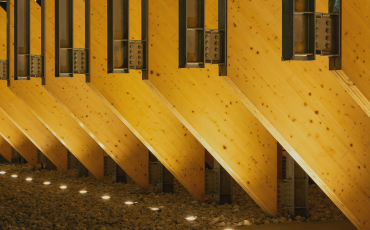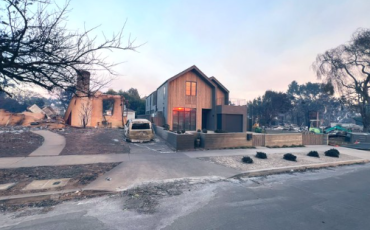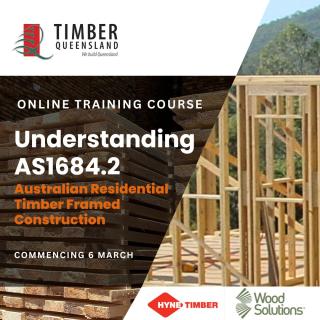Use of rubberwood
The rubberwood tree is the tree which produces the latex from which rubber is made. The trees are grown in plantations in countries such as Malaysia. When the trees stop producing latex they are removed and milled into wood products for furniture and joinery. It has also been used in Malaysia for making MDF. If your windows will be exposed to the weather, rubberwood would not be suitable unless it has had a permanent treatment against fungal attack (wood rot). The reference book 100 Malaysian Timbers rates it "non-durable".





